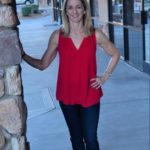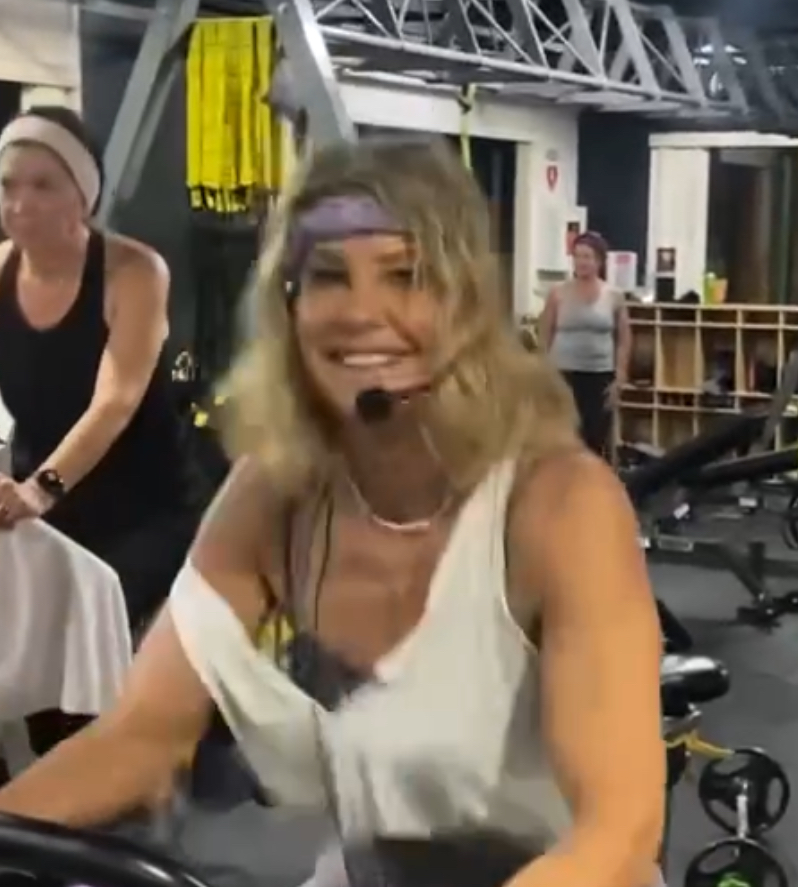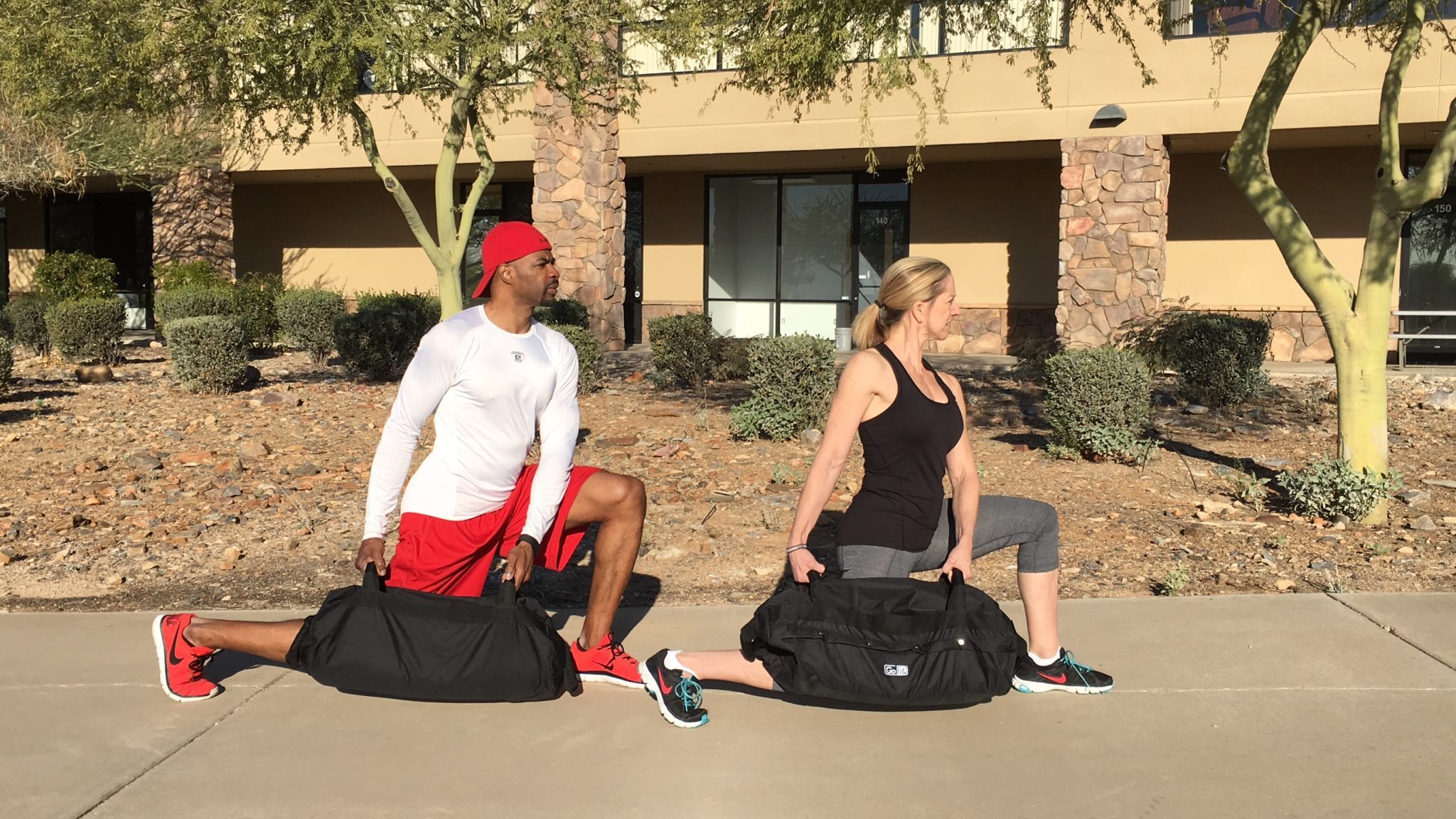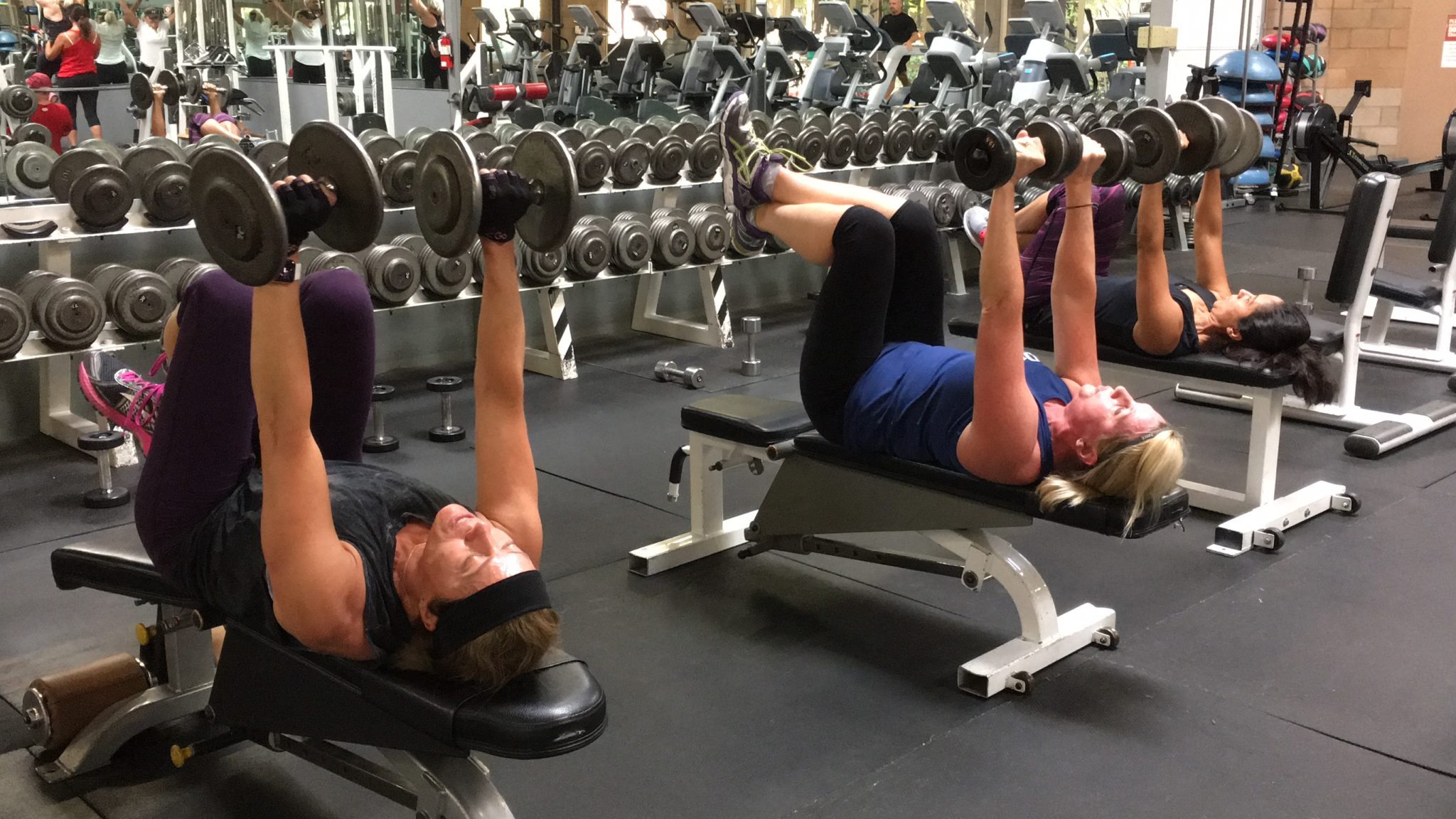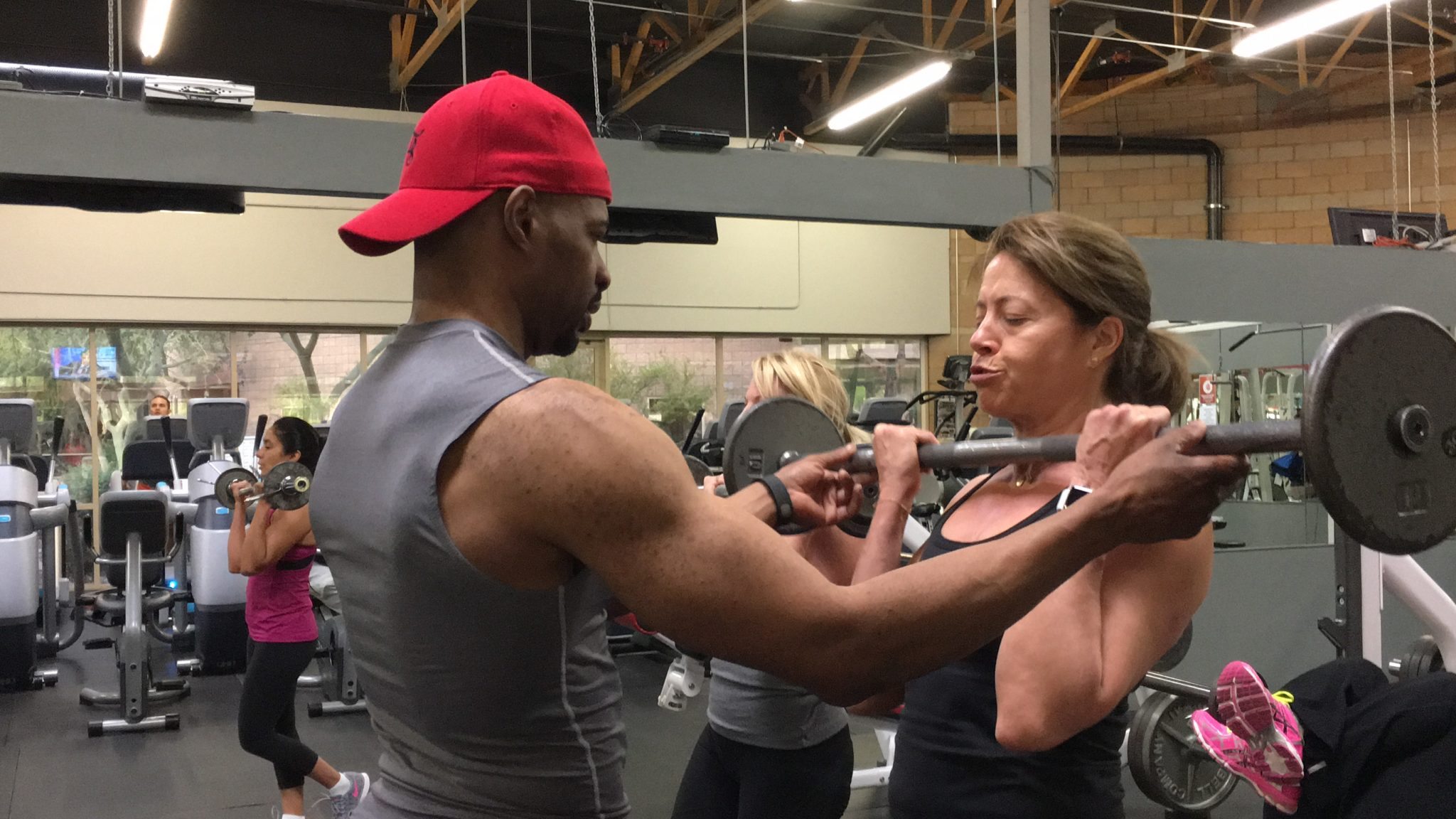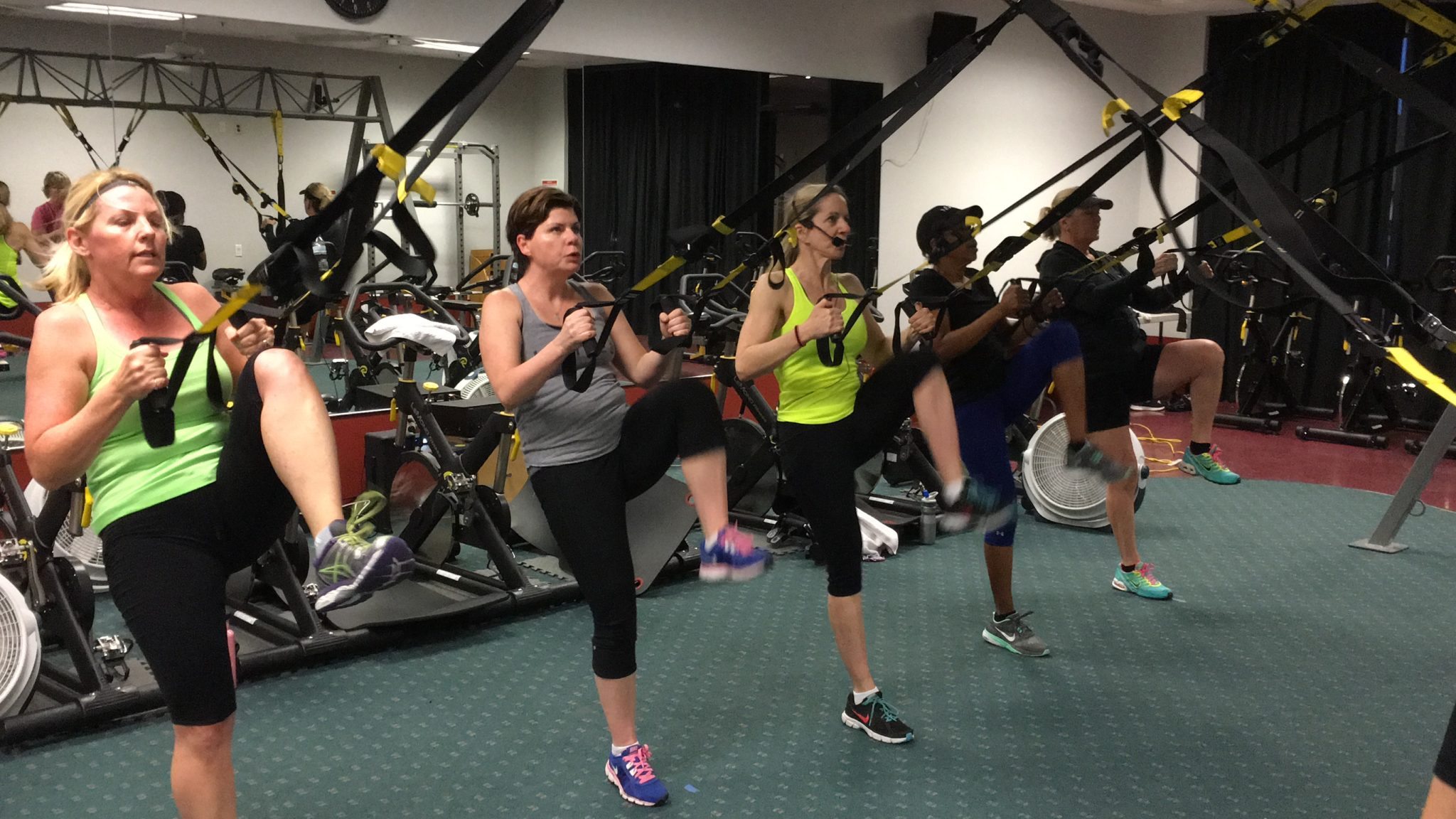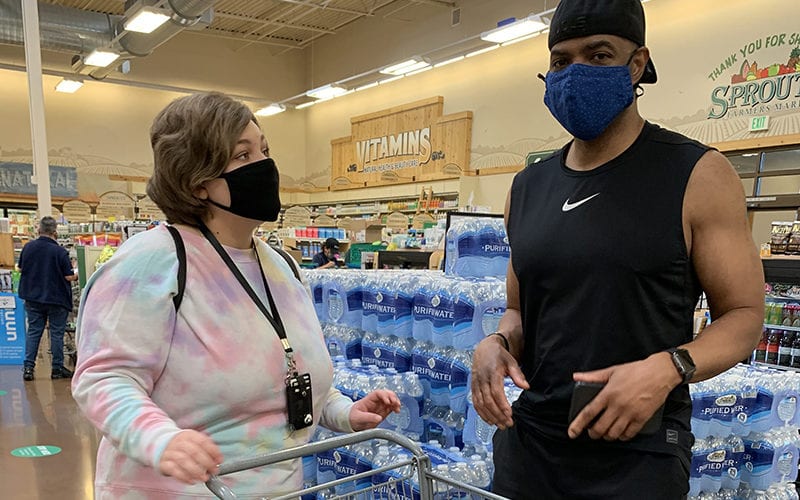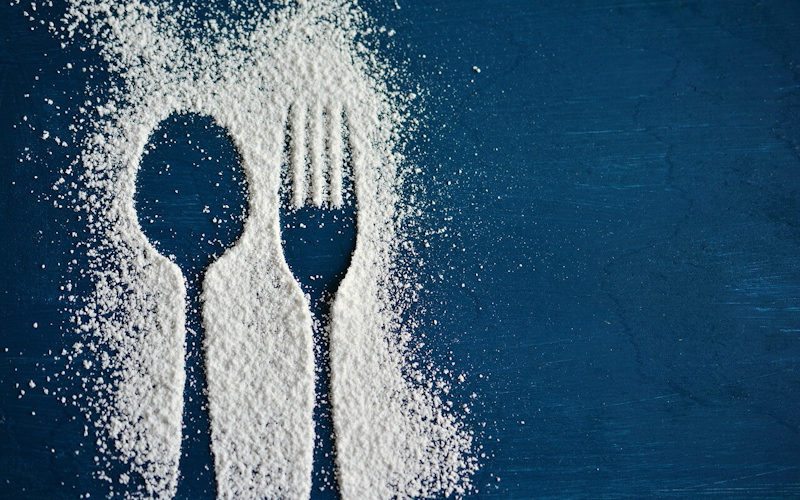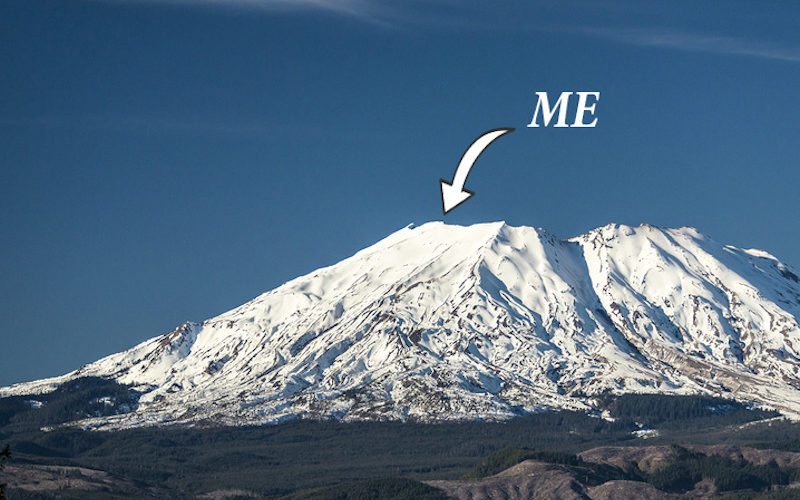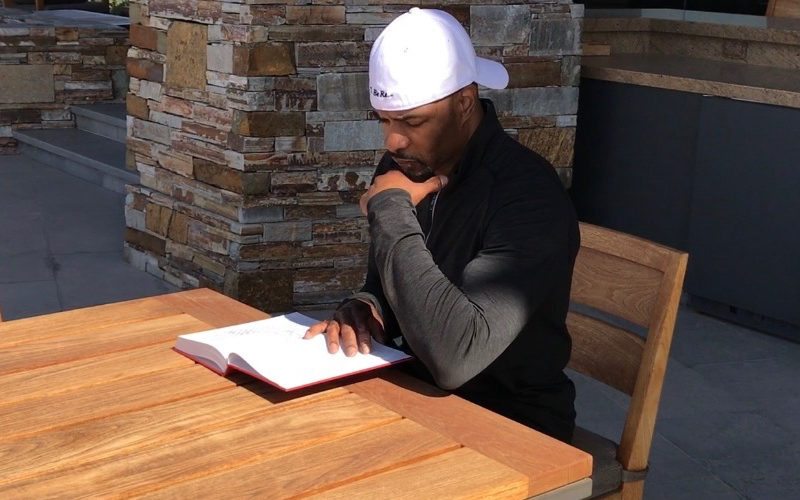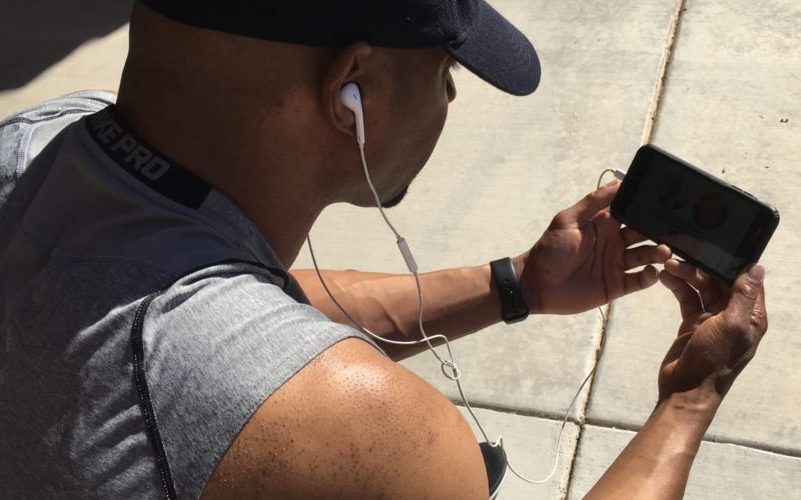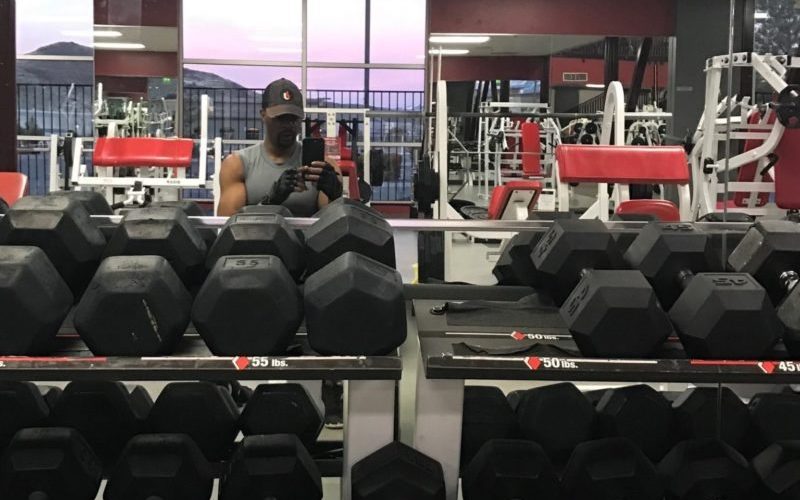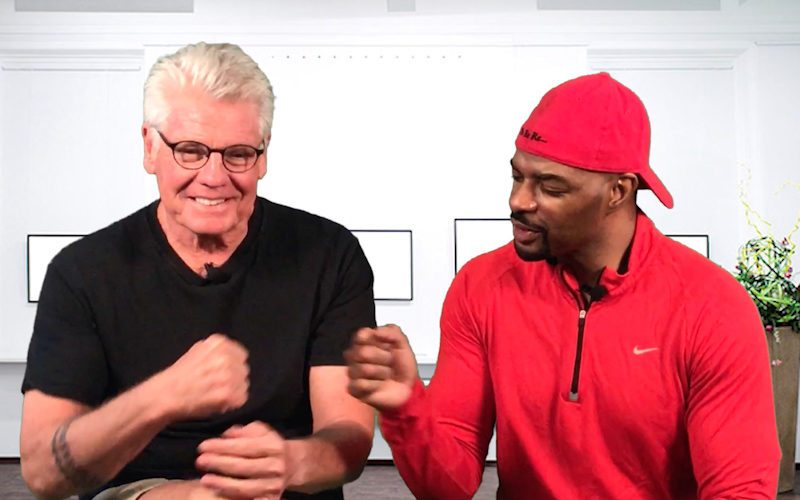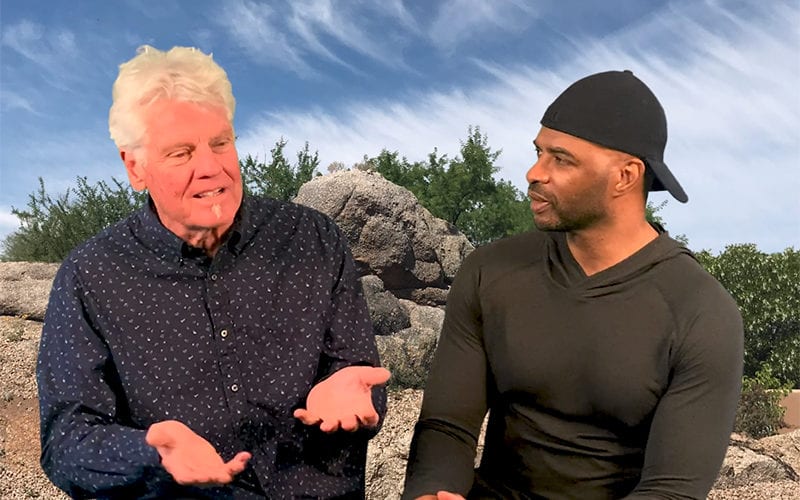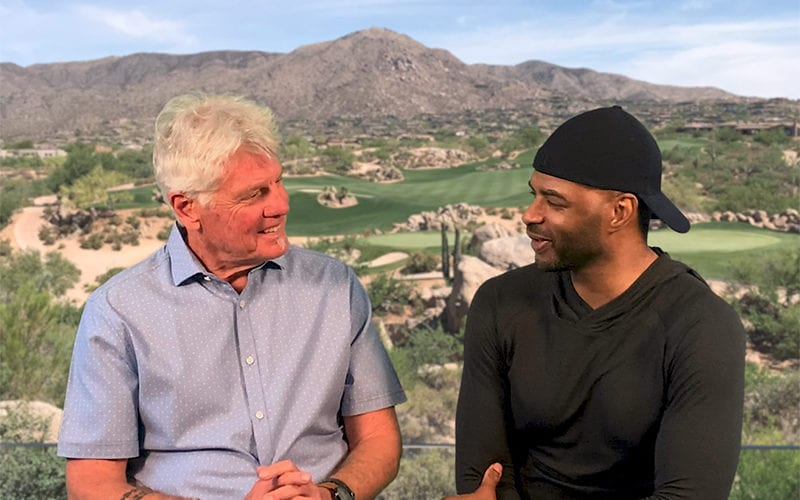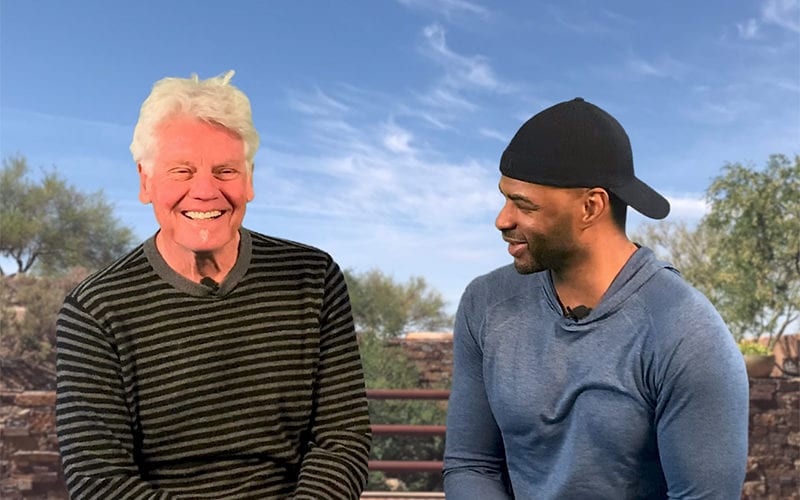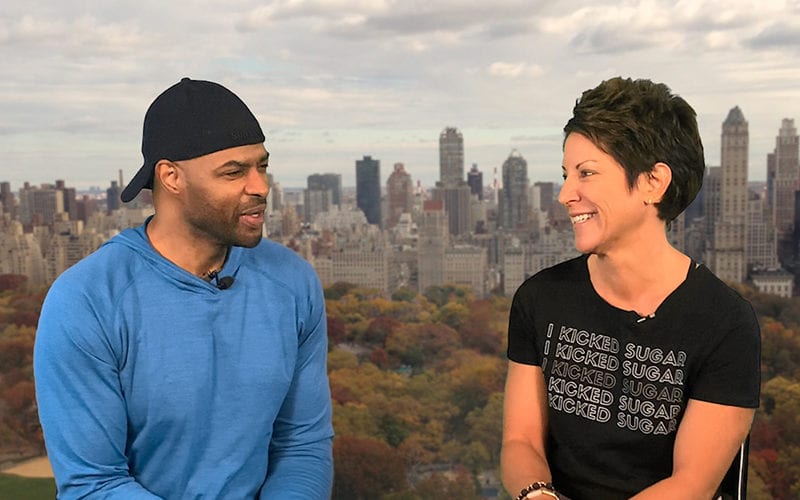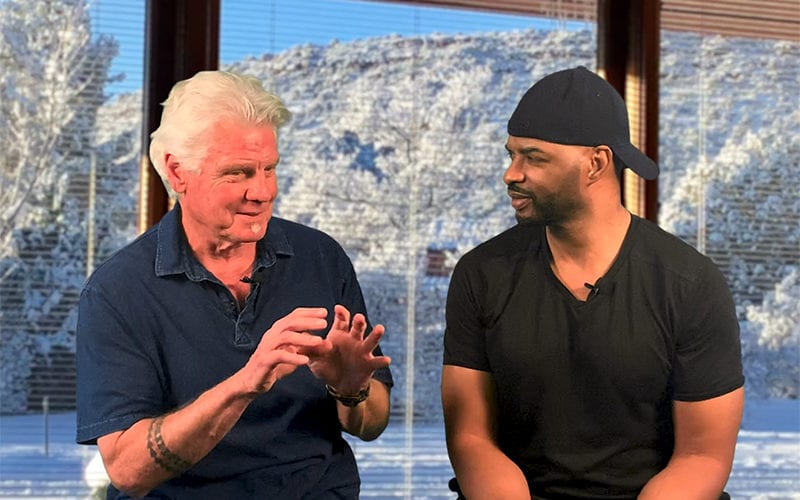Where is your seafood coming from?
There is so much to be said about the food industry. What can we trust and do we really know if we are getting the truth about our food? In my blog last week, I talked about Extra Virgin Olive Oil and the facts from research and studies that say between 85 and 92 percent of the time, olive oil is NOT extra virgin! So what can we believe? And what are some other products that we have to worry about? Referencing a recent podcast that I listened to, Larry Olmsted, food and travel columnist for Forbes.com, shared some shocking information about seafood.
Olmsted says, “seafood is probably the single worst category of food issues in our country. Ninety-one percent of the seafood we eat in the United States is imported, and a lot of this is farmed and produced with no oversight at facilities in Asia that have a well-established track record of using banned or unapproved antibiotics and chemicals. They’re often transshipped to other countries on the way to hide their place of origin. The bottom line with seafood is a lot of the seafood we consume in the United States; we don’t know where it came from.” The ironic thing is that many people buy and consume seafood thinking they are eating healthier! Olmsted says the easiest way to shop for seafood is to look for the seal of approval on the package. There are a couple of third-party certification agencies that trace the seafood, and Costco is a retailer who uses this seal heavily. That’s another gold star for one of my favorite stores. Whole Foods is another excellent choice for seafood.
My favorite seafood is salmon. I have known for some time that wild salmon is much healthier and better for you than “farmed”. Salmon farming is a type of aquaculture where the fish are grown in net cages, typically located in sheltered bays and fjords along the coast. Salmon are hatched in brood hatcheries and grown in freshwater until they are large enough to transfer to marine pens. Roughly two-thirds of salmon consumed in the United States is farm-raised salmon, while the remainder is wild caught. Unfortunately, farmed-raised salmon is the fastest growing food production system in the world. Many people don’t even know there is a difference. According to Prevention magazine, farmed salmon is higher in contaminants and even flame-retardants. When salmon are raised in pens and fed soy, nutritional value plunges. Wild salmon has 32% fewer calories than farmed and half the fat! With those nutritional facts, I always look to buy wild salmon. Costco has sockeye wild salmon fillets in their frozen section that are very good! You can save big bucks by buying Costco’s canned wild Alaskan pink salmon. It is delicious! I always keep it stocked in my pantry for a quick meal that doesn’t have to be cooked.
The United States Department of Agriculture (www.ChooseMyPlate.gov) would recommend that you eat seafood twice a week. It’s high in protein and includes healthy omega-3 fats. Be sure to choose wisely and know what you are buying.
Amy
Load Comments
